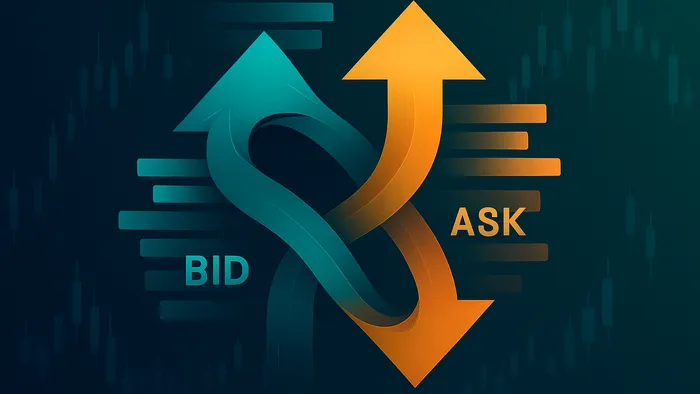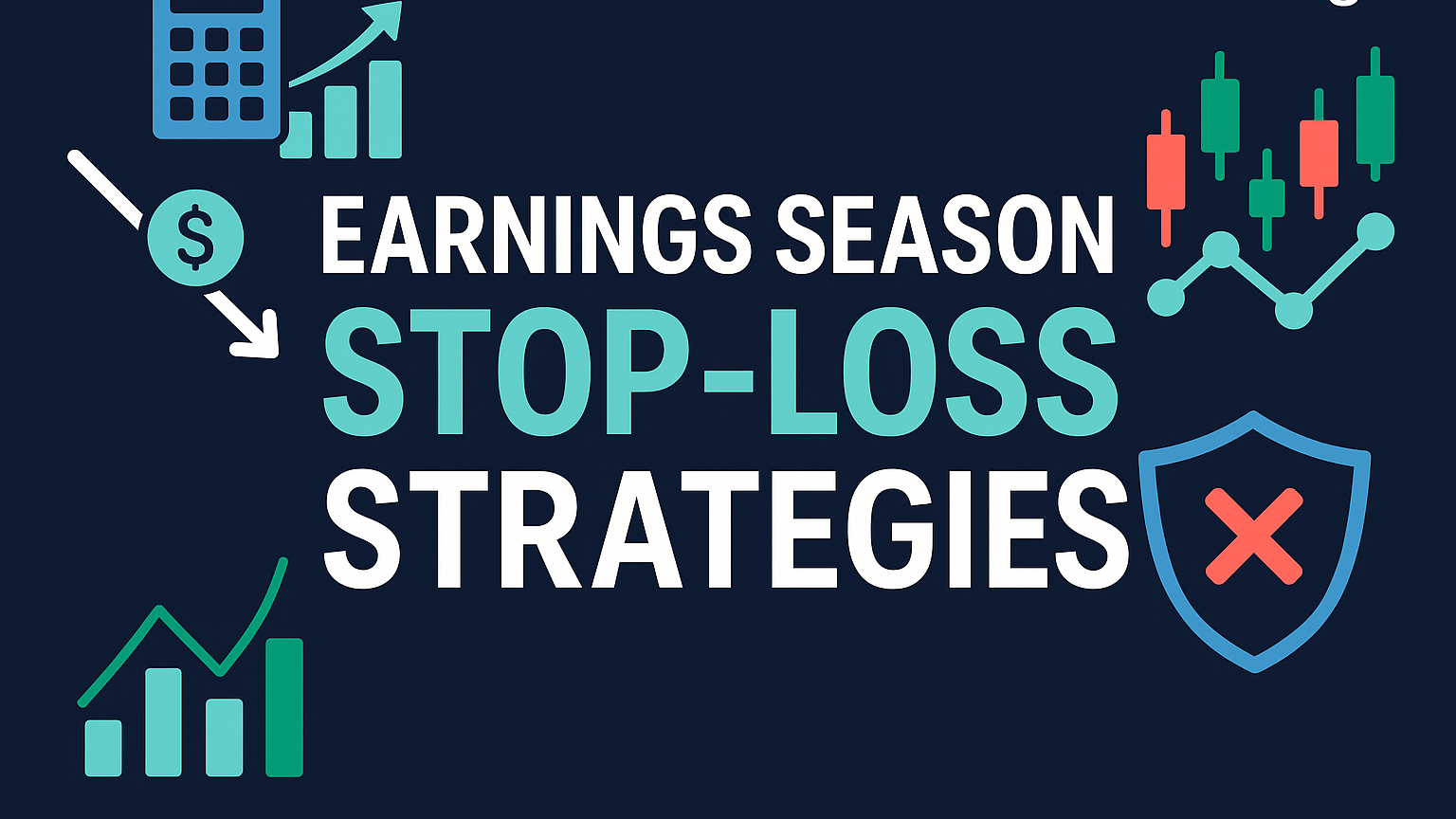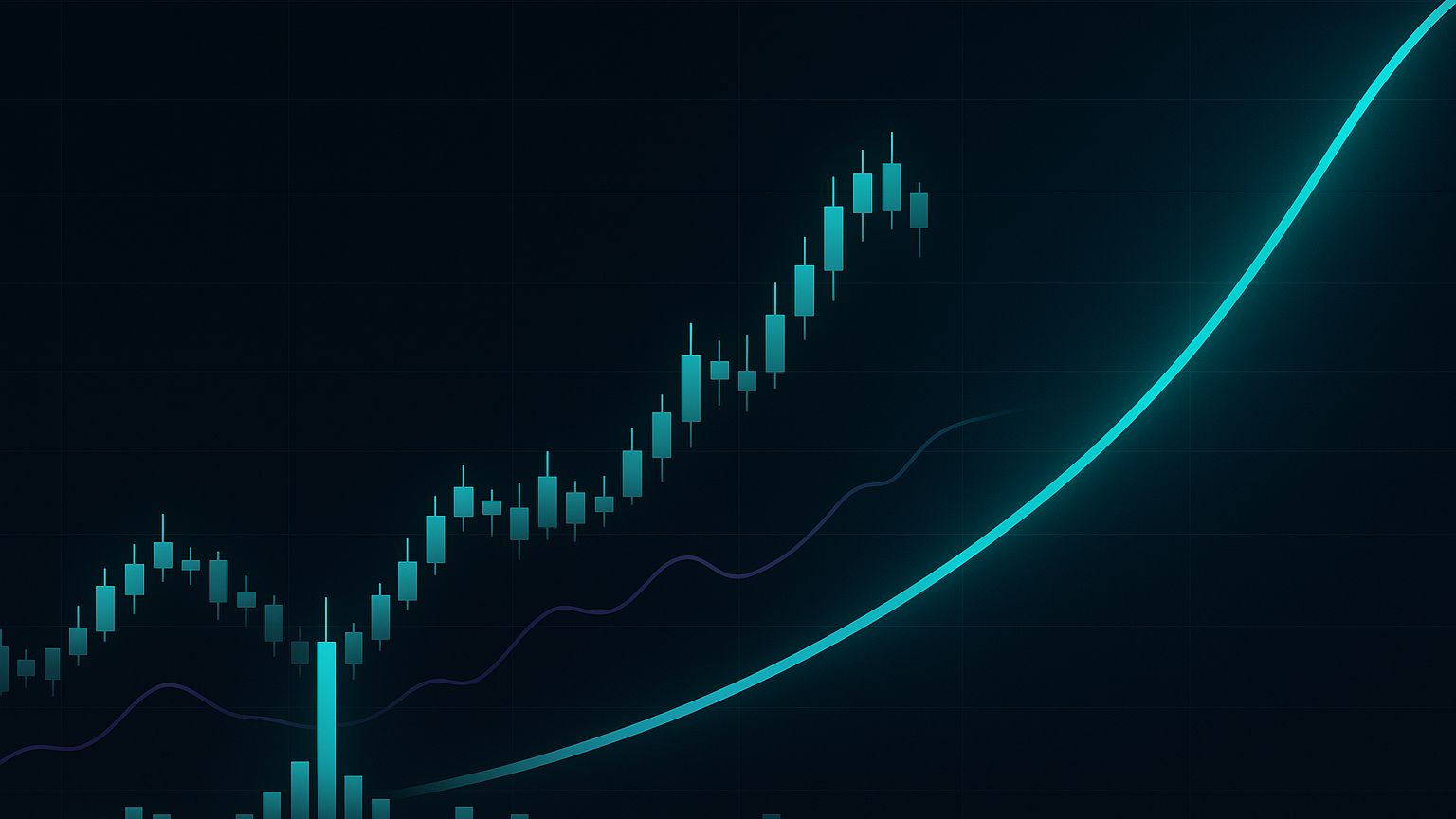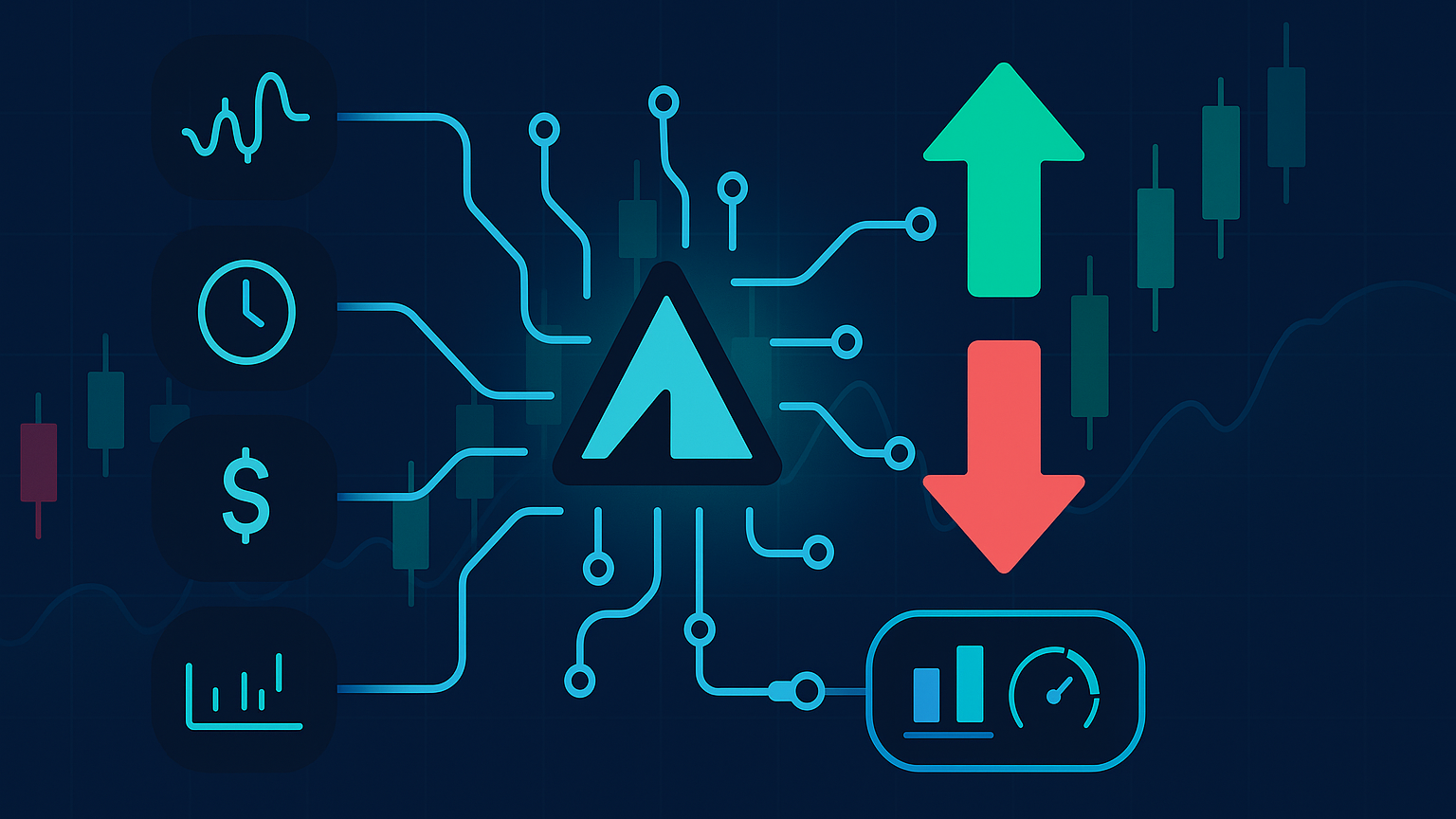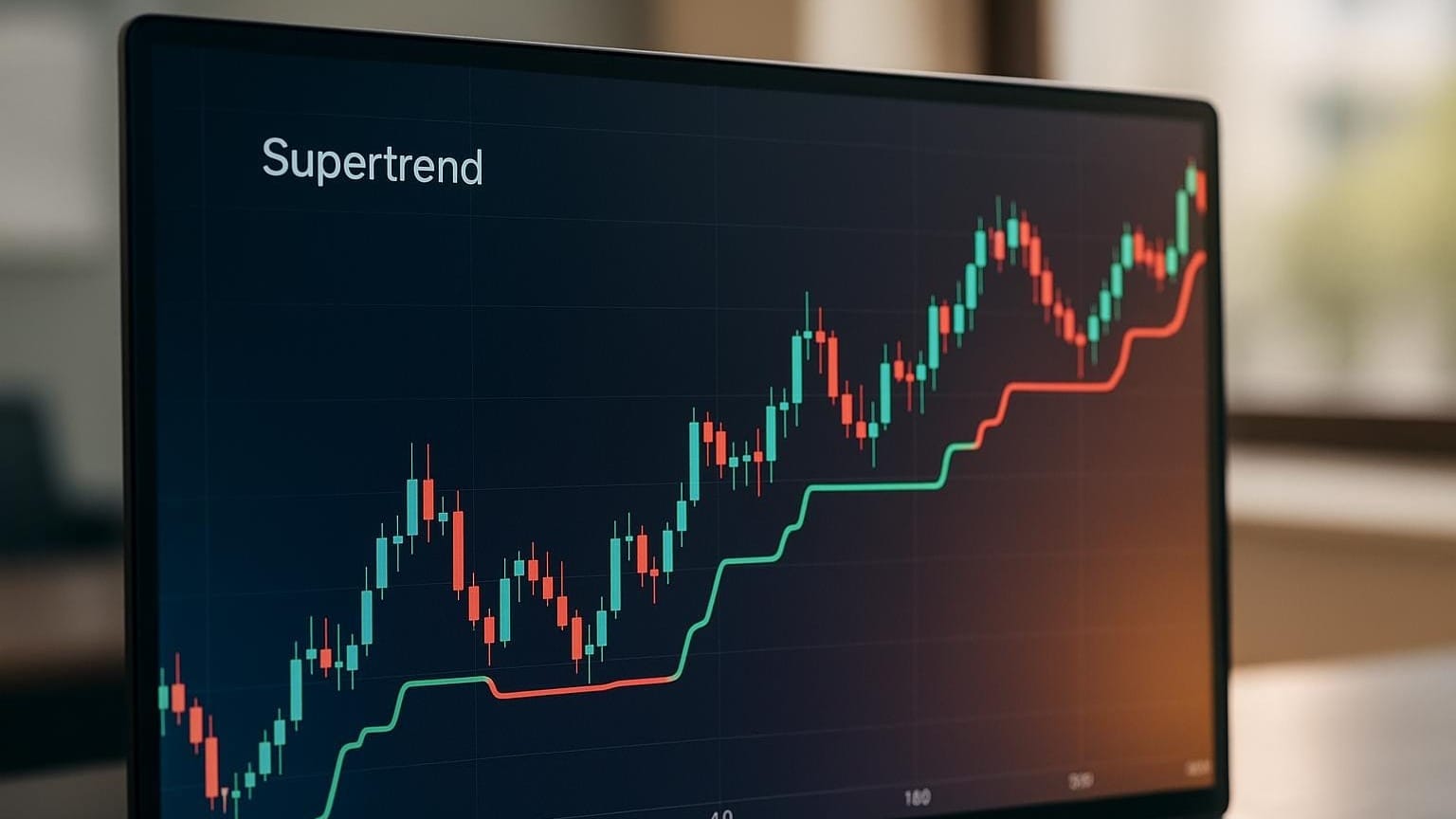Explore the essential role of market makers in financial markets, their strategies, and how they influence liquidity and prices.
Market makers are the backbone of financial markets, ensuring smooth trading by providing liquidity and stabilizing prices. They earn through bid‑ask spreads, manage risks with hedging strategies, and leverage advanced algorithms for efficiency. Here's what you need to know:
- What They Do: Buy from sellers and sell to buyers, maintaining a two‑sided market.
- Types:
- Retail Market Makers: Serve individual investors.
- Institutional Market Makers: Handle large trades for funds.
- Wholesalers: Use high‑frequency trading with minimal inventory.
- How They Earn: Profit from the difference between buy and sell prices (bid‑ask spread).
- Impact on Markets: Lower transaction costs, stabilize prices, and ensure liquidity during volatility.
- Challenges: Managing inventory during extreme events, regulatory compliance, and adapting to new technologies.
Market makers are vital for price discovery and efficient trading. Understanding their role can help you navigate markets more effectively.
What Is a Market Maker?
Market Maker Methods
Market makers use advanced strategies to ensure liquidity and minimize risks. These methods play a key role in maintaining market liquidity and keeping prices stable.
Earning Through Bid‑Ask Spreads
Market makers generate income by leveraging bid‑ask spreads – the gap between buying and selling prices. For example, buying 1,000 shares at $9.50 and selling them at $9.60 results in a $100 profit. The spread size often changes with market conditions, widening during periods of high volatility. A crucial part of their work involves managing portfolio positions to navigate market shifts effectively.
Managing Positions
In addition to profiting from spreads, market makers actively hedge their positions to reduce risk. One common approach is delta‑neutral market making, which involves offsetting risks by taking opposite positions across various platforms.
For example, a market maker holding 10,000 shares of a tech stock priced at $50 each might purchase put options with a $48 strike price for $2 per share. This $20,000 hedge helps protect against losses if the stock’s value drops. Models like Stoikov assist in setting optimal bid‑ask prices, adjusting spreads dynamically, and managing inventory risks through ongoing monitoring and pricing strategies.
Leveraging Algorithms
Modern algorithms enhance spread optimization and risk management. These systems operate in milliseconds, significantly increasing market depth by over 500% and reducing price volatility dramatically. Algorithms automate order execution, adjust prices in real time, and maintain inventory levels more effectively—resulting in narrower spreads and more efficient markets.
Liquidity Effects
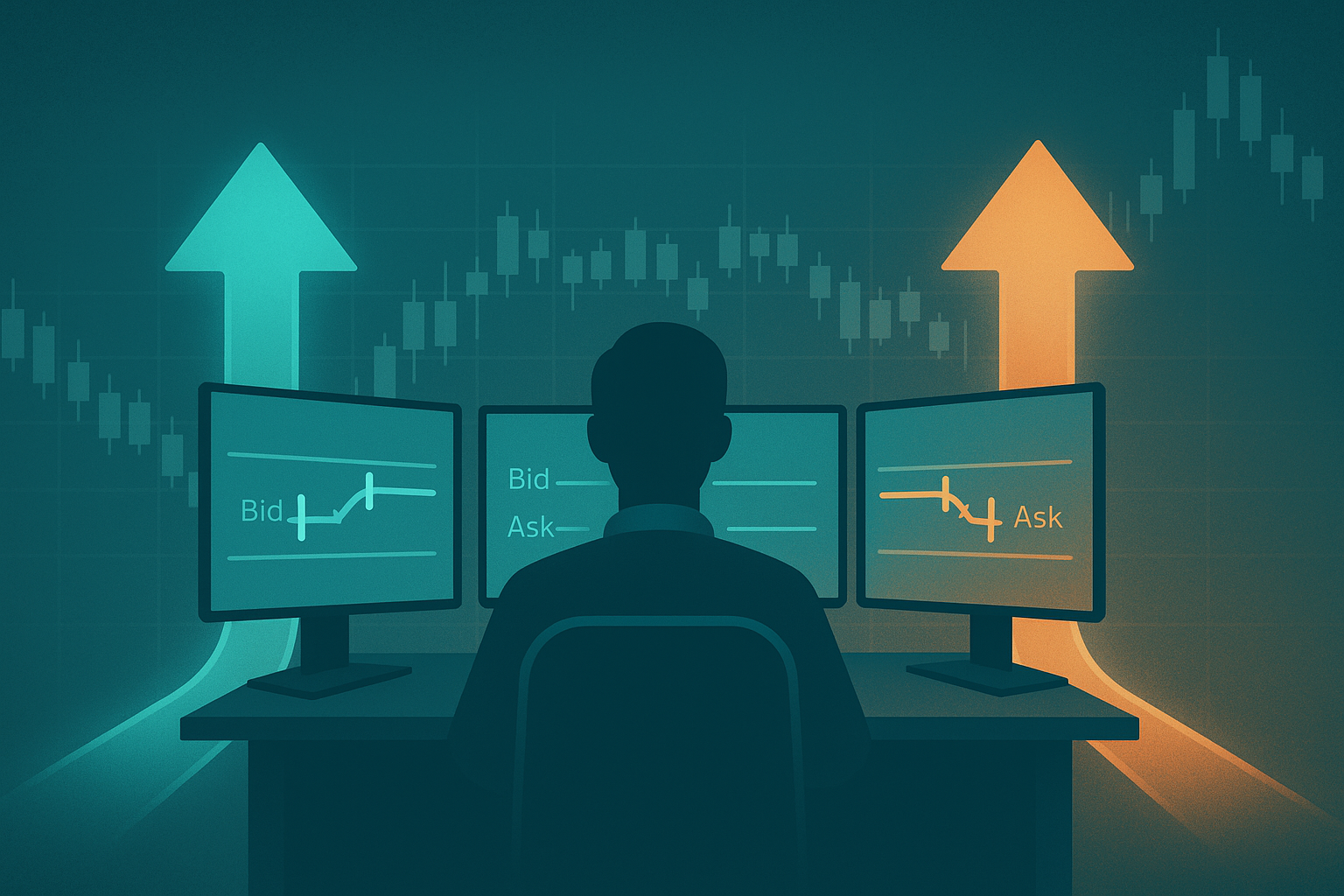
Understanding Liquidity
Liquidity reflects how easily assets can be bought or sold without causing major price moves. Cash is the easiest to trade, followed by exchange‑listed stocks and bonds. For example, on March 13, 2023, Ford Motor Co. saw 118.5 million shares traded, compared to Amazon’s 69.6 million and Intel’s 48.1 million. This depth allows market makers to keep trading steady, even during unpredictable conditions.
Liquidity Supply
Market makers ensure markets remain active by always offering buy and sell prices. Their importance was evident during the 2008 financial crisis, when they helped prevent markets from freezing despite intense volatility.
| Market Condition | Market Maker Response | Impact on Trading |
|---|---|---|
| Normal Markets | Tight spreads, high volume | Smooth price discovery |
| High Volatility | Wider spreads, steady activity | Maintains stability |
| Low Activity | Persistent quotes, smaller sizes | Ensures continuous trading |
Liquidity Metrics
Key metrics include trading volume, open interest, bid‑ask spread, and market depth. In the European Union Allowance (EUA) futures market, increased activity since 2017 has led to narrower spreads, making the market more efficient for all participants.
"A market maker participates in the market at all times, buying securities from sellers and selling securities to buyers." – Citadel Securities
- Trading Volume: Number of daily transactions.
- Open Interest: Total active contracts.
- Bid‑Ask Spread: Price gap between buying and selling.
- Market Depth: Size of orders available at different price points.
Price Impact
Price Setting
Market makers set prices by continuously adjusting their bid‑ask spreads. Unlike traders who profit from price moves, they earn through the spread while ensuring smooth market operation. For example, if Apple is near $175, a maker might bid $174.95 and ask $175.05, profiting from high volume.
This relies on algorithms that evaluate supply and demand, inventory, volatility, and competitor quotes. Designated market makers also set opening prices based on overnight orders, supporting efficient price discovery and stability.
Cost and Volatility Impact
By narrowing spreads, market makers lower transaction costs. During stress, they widen spreads to manage risk, keeping costs controlled even in volatile markets.
| Market Condition | Market Maker Response | Impact on Costs |
|---|---|---|
| High Liquidity | Narrow spreads | Lower transaction costs |
| Market Stress | Wider spreads | Higher but controlled costs |
| Normal Trading | Competitive quotes | Stable pricing |
Market Control Risks
Their role in pricing can introduce risks, like managing inventory during sudden swings. Market Maker Protection systems automatically withdraw quotes when risk limits are breached to prevent imbalances.
- Handling inventory during volatile periods
- Risks of quote manipulation
- System weaknesses under extreme conditions
Traders can monitor order book depth and price trends to spot potential disruptions in market‑making activity.
Trading Tips
Use these strategies to refine your approach by understanding market makers and liquidity dynamics.
Spotting Market Makers
Look for volume anomalies and price patterns. For example, during U.S. Retail Sales data in January 2024, Gold (XAU/USD) saw a sharp volume spike below $2,689 followed by a quick reversal—signs of a liquidity grab.
- Volume Anomalies: High spikes with W‑shaped patterns near support/resistance.
- Price Action Patterns: Inside bars and wick rejections at psychological levels.
- Liquidity Zones: Heavy activity near prior highs/lows, often with Fair Value Gaps.
Trading with Market Makers
Improve execution by using Direct Market Access brokers, reviewing time & sales on Level 2 screens, and placing hidden or iceberg orders to reduce exposure to targeting.
| Component | Method | Benefit |
|---|---|---|
| Order Routing | DMA broker usage | Minimizes order targeting |
| Data Analysis | Level 2 screens review | Differentiates true trades from orders |
| Entry Method | Hidden/iceberg orders on pullbacks | Lowers trap exposure |
Rules and Changes
Market Making Rules
In the U.S., the SEC oversees market makers; Europe follows MiFID II guidelines. These frameworks maintain stability and protect investors.
| Region | Primary Requirements | Compliance Focus |
|---|---|---|
| United States | SEC registration, FINRA membership | Net capital rules, CAT reporting, audited financials |
| European Union | MiFID II Article 17 compliance | Algorithmic trading controls, continuous market presence |
| Germany | Designated sponsor status (FRA) | Exchange-specific trading obligations |
Current Issues
In February 2024, SEC Rules 3a5‑4 and 3a44‑2 redefined dealer qualifications, impacting:
- Proprietary firms providing consistent liquidity
- Private funds acting as de facto market makers
- Automated crypto market participants
"This rule turns traders, many of whom are customers, into dealers... These entities will fall under a dealer regulatory regime and lose current customer protections." – Commissioner Hester M. Peirce
Firms must comply by May 2025, requiring rapid adjustments to operations.
Next Steps
Future trends include:
- Technological Integration: AI and machine learning refine strategies and risk management.
- Regulatory Evolution: Possible Order Competition Rule and tick‑size adjustments under consideration.
- Market Structure Changes: Increased electronification and nascent DeFi market‑making experiments.
Firms should assess capital requirements, reporting, and recordkeeping to stay agile in this evolving landscape.
Summary
Main Points
Market makers maintain liquidity and aid price discovery, lowering costs and stabilizing prices through tiered orders that manage supply and demand.
| Market Maker Function | Impact on Market | Benefit to Traders |
|---|---|---|
| Liquidity Provision | Maintains a two‑sided market | Lower transaction costs |
| Price Discovery | Determines fair value | More accurate pricing |
| Volatility Management | Stabilizes the market | Reduced trading risks |
Trader Tips
Use PAC and OSC Backtesters to analyze market structure and order flow. Monitor Depth of Market (DOM) for insights into sentiment, and align strategies with underlying liquidity dynamics.


